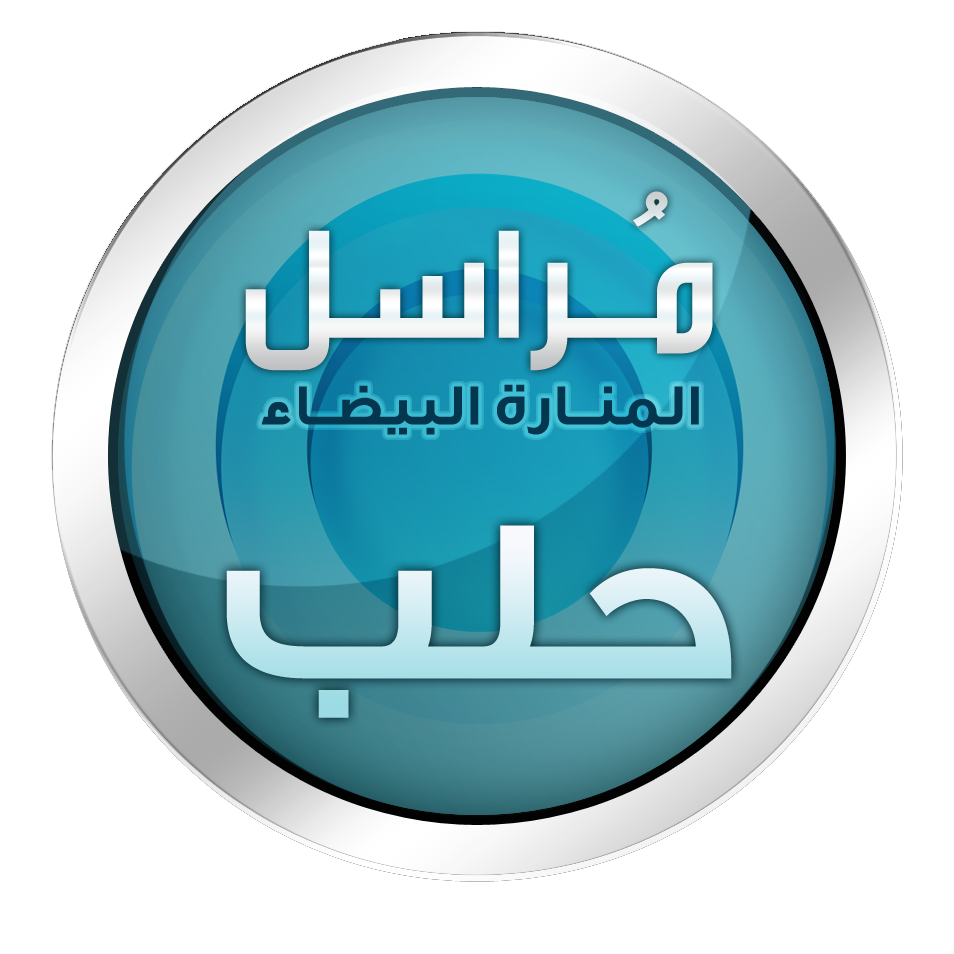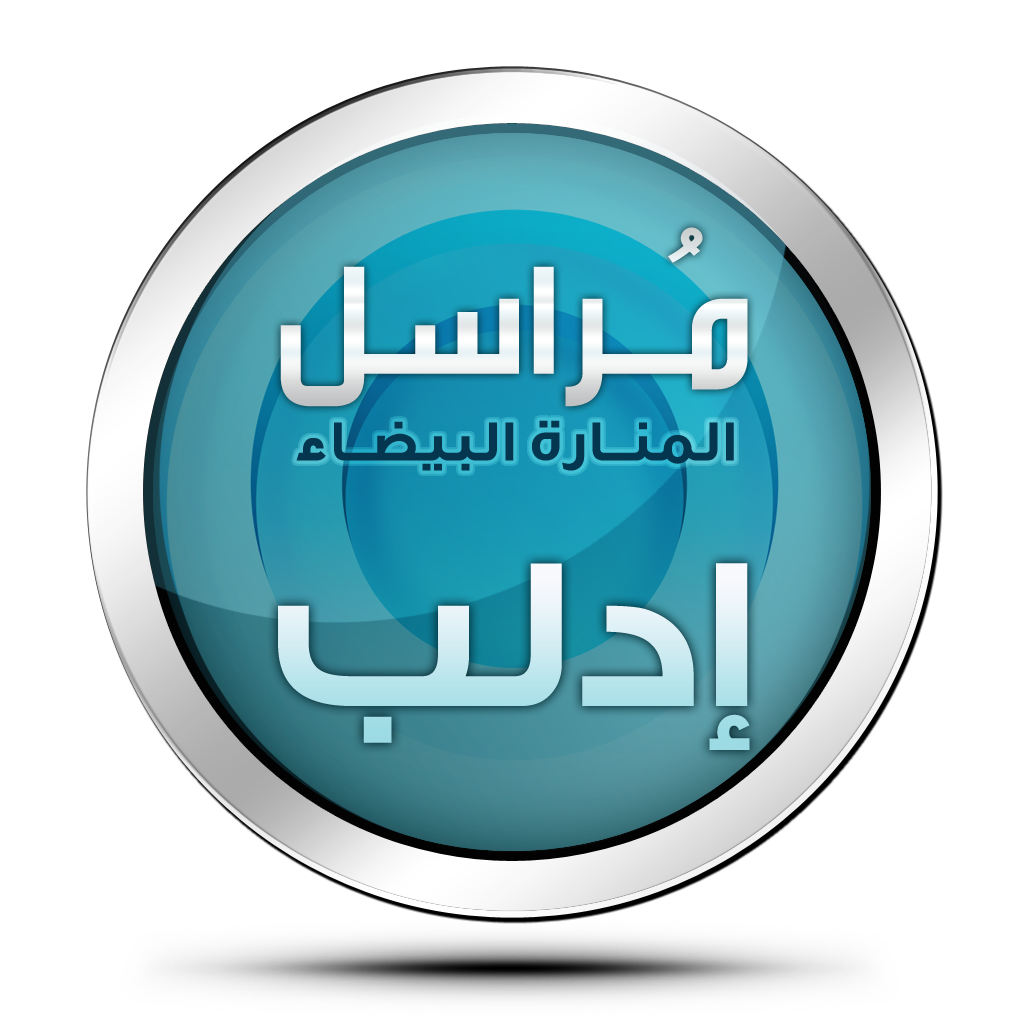
_________________
To inquire about a translation for this video message for a fee email: [email protected]
Category: Iran
New video message from Jabhat al-Nuṣrah: "Storming the Village of Bānṣ and the Fleeing of Iranian Forces In Front of the Mujāhidīn"

__________________
To inquire about a translation for this video message for a fee email: [email protected]
New video message from Jabhat al-Nuṣrah: "What Is Your Impression of the Fierce Attacks Led By Russia and Iran Against the People of Syria?"

__________________
To inquire about a translation for this video message for a fee email: [email protected]
New video message from Jabhat al-Nuṣrah: "Breaking the Defenses of the Iranian Forces in Tal Bājr and Fleeing in Front of the Tanks of the Mujāhidīn"

__________________
To inquire about a translation for this video message for a fee email: [email protected]
New video message from Jabhat al-Nuṣrah: "Aerial Footage of Artillery Upon Tal Bājr and the Escape of the Iranian Forces From It After the Storming of the Mujāhidīn Upon Them"

________________
To inquire about a translation for this video message for a fee email: [email protected]
New video message from Jabhat al-Nuṣrah: "Striking Iranian Forces an Rejectionist Militias in Tal Bājr With Heavy Weapons and Rockets"

____________________
To inquire about a translation for this video message for a fee email: [email protected]
New video message from Jabhat al-Nuṣrah: "Report About Repelling the Progress of the Iranian Forces Upon al-Ḥawīz and al-Qarāṣī Hills and Imprisoning Iranian Fighters"

____________________
To inquire about a translation for this video message for a fee email: [email protected]
New video message from Jabhat al-Nuṣrah: "The Mujāhidīn Storming Iranian Forces in Tal Mimū and Around It in Southern Aleppo"

_____________________
To inquire about a translation for this video message for a fee email: [email protected]
New video message from Jabhat al-Nuṣrah: "Targeting Iranian Forces in Tal Mimū and Tal Bājr in Southern Aleppo With Heavy Weapons and Rockets"

___________________
To inquire about a translation for this video message for a fee email: [email protected]
New video message from Jabhat al-Nuṣrah: "The Mujāhidīn Launching Strikes on the Bastions of the Iranians in Rural Southern Aleppo"

____________________
To inquire about a translation for this video message for a fee email: [email protected]
